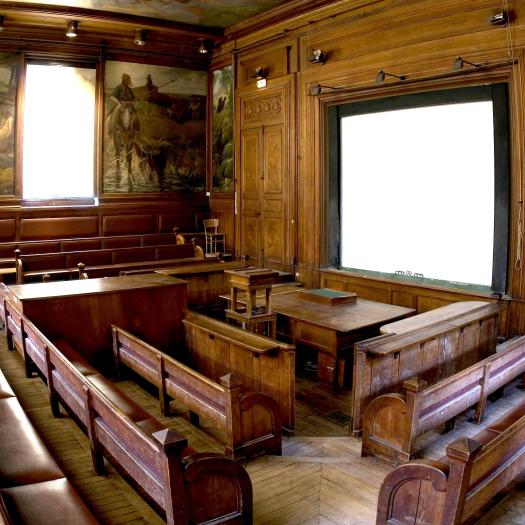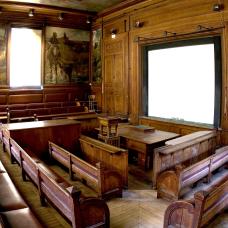PhD Defense - Guillaume Houée


La soutenance se tiendra dans l’amphithéâtre de Paléontologie de la Galerie de Paléontologie et d’Anatomie Comparée du Muséum national d’Histoire naturelle (2 rue Buffon 75005 Paris).
The jury will be composed of:
Abstract:
The vertebrate skeleton is composed of a variety of mineralized tissues such as bone, dentin, and enamel. Most of these tissues have an ancient origin, and they are notably found in the dermal skeleton of early vertebrates, like the pteraspidormorphs that lived from the Ordovician to the Devonian. Their skeleton was composed of multiple bony structures topped with ‘dental’ elements made of dentin and sometimes enameloid, a tissue similar to enamel. This thesis explores, in an integrated manner, the development and evolution of these early tissues. The first step focused on redefining key concepts regarding hypermineralized tissues, standardizing identifications and associated evo-devo discussions. A second step of creating histomorphogenetic models, based on the study of present-day tissues, allowed exploration of the developmental mechanisms diversifying skeletal structures. This step also involved creating a new in silico approach to explore evo-devo hypotheses, testing notably the impact of developmental parameters on the formation of dental structures. Finally, a third step of inference on key fossil taxa like Astrasis and Anglaspis enabled proposing paleodevelopmental reconstructions for the first mineralized skeletal structures. In comparison with the present, this notably suggests that the timing of activation of mesenchymal cells may have changed during the evolution of the vertebrate skeleton.
Keywords: paleodevelopment, vertebrates, pteraspidomorphs, mineralized skeleton, histology, microanatomy, modeling.



